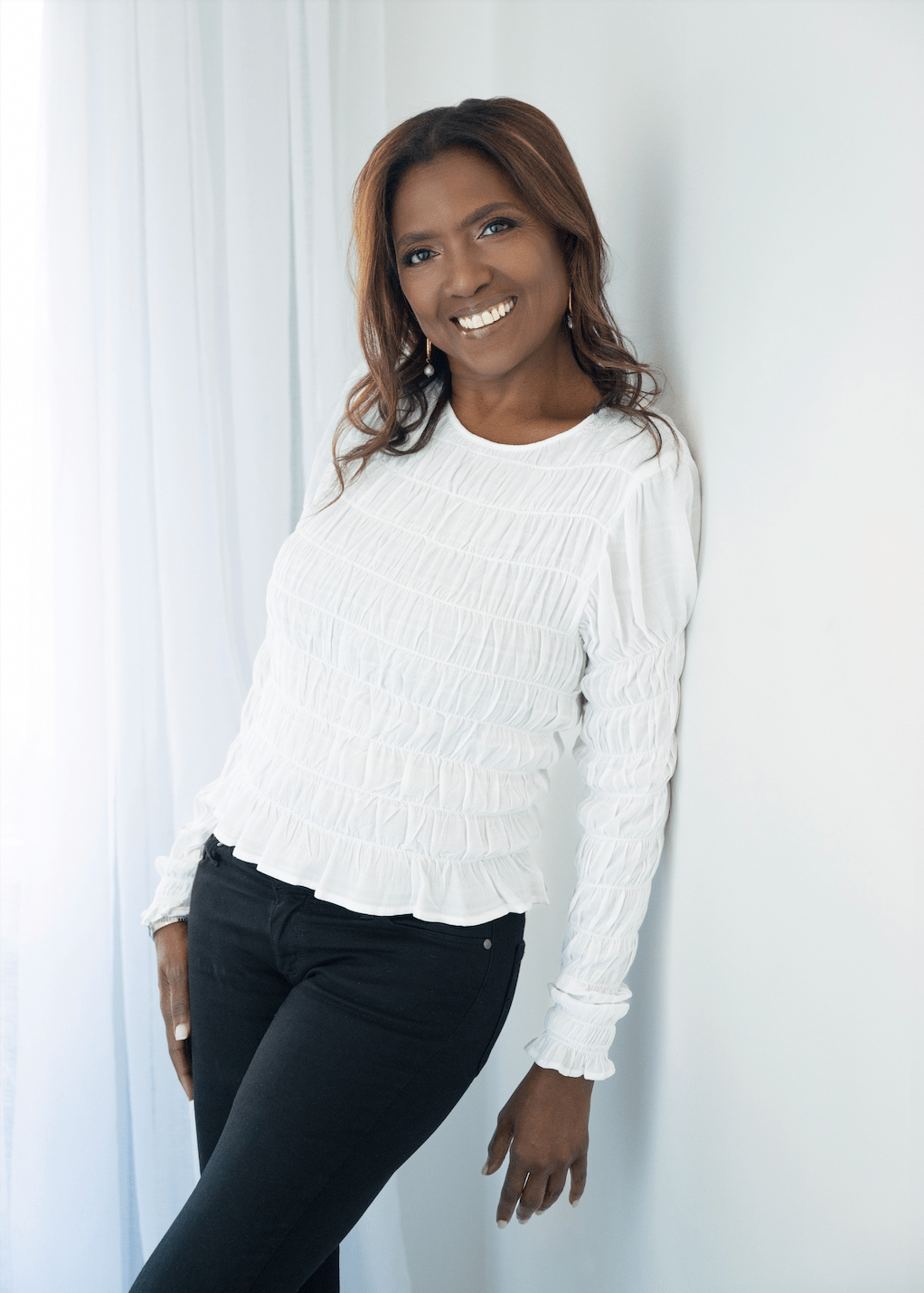Lifestyle
Do Mothers Get Child Custody More Often Than Fathers?

Many people assume that mothers have the upper hand over fathers in custody battles, but this is not always the case.
In this article, we’ll go over why many assume that the mother always gets custody, how things are different today, and what judges really consider when granting custody rights.
Let’s get started!
Why many assume mothers get custody
In the past, mothers were almost always the primary caregivers of their children. So it made sense to give them custody (instead of giving it to fathers).
Plus, for many decades family law followed the “tender years” doctrine, which dates back to the late 19th century and states that children need their mother during their early, developmental years. Most fathers didn’t contest.
But today, there are no laws that codify a gender preference in who should gain custody over a child. And while it’s true that historically mothers were nearly always guaranteed to win custody battles, this is increasingly no longer the case.
How things are different today
Modern gender roles have evolved. Today, there are more women in the US college-educated labor force than men, and young women are out-earning young men in several US states.
Now that more women enter (and excel in) the workforce, the idea that they are always the primary caretaker no longer holds.
Some couples share equal responsibility in taking care of the kids and providing. In some households, women are even the main breadwinner. Since 1967, the share of breadwinning or co-breadwinning mothers has more than doubled.
What this means for custody battles is that fathers are often just as good, if not better, at taking care of their children. As a result, many men are being awarded full or equal split custody.
That said, the mother is often still favored in custody battles that involve very young children. For example, if a baby relies on the mother for breastfeeding, she will more than likely gain custody. However, if the infant is bottle-fed, a father may have just as good a chance at winning custody since they can do the job just as well.
It all depends on what the best interests of the child are.
What the judge considers when granting custody
To determine how to split custody rights, a judge will take many factors into consideration. Here are just a few:
- Which parent is most able to provide a safe and stable environment for the child?
- Which parent can provide for the child financially and physically in terms of essentials, like food, shelter, medical care, clothes, and so on?
- What is the state of each parent’s mental health, criminal record, and personal habits?
- Where does the child want to live?
- How old is the child and do they have special physical or mental needs?
- Will the child have to move and adjust to a new city, school, friends, and quality of life?
- Did either parent bring false or malicious charges of child abuse against the other? Is either motivated to gain custody only to lash out at the other parent?
- What is the child’s relationship like to each parent? Has either parent ever abandoned the child?
The list goes on, but you get the idea. When parents fight over custody rights, the judge weighs all the factors above to determine where the child would do best.
The final verdict
At the end of the day, child custody decisions are made on a case-by-case basis. Most result in partial custody to both parents, but not always.
On average, mothers are still granted around 65% of custody time, while fathers are given around 35%.
Whether you are a father or a mother trying to win custody rights, try to maintain a civil and respectful relationship with the other parent at all times. Being vengeful will only hurt your case. Be sure to maintain a positive relationship with your child as well.
Lastly, it pays to consult an experienced family law attorney who can help you know your rights and give you the best chance of winning custody over your child.
Lifestyle
Wanda Knight on Blending Culture, Style, and Leadership Through Travel

The best lessons in leadership do not always come from a classroom or a boardroom. Sometimes they come from a crowded market in a foreign city, a train ride through unfamiliar landscapes, or a quiet conversation with someone whose life looks very different from your own.
Wanda Knight has built her career in enterprise sales and leadership for more than three decades, working with some of the world’s largest companies and guiding teams through constant change. But ask her what shaped her most, and she will point not just to her professional milestones but to the way travel has expanded her perspective. With 38 countries visited and more on the horizon, her worldview has been formed as much by her passport as by her resume.
Travel entered her life early. Her parents valued exploration, and before she began college, she had already lived in Italy. That experience, stepping into a different culture at such a young age, left a lasting impression. It showed her that the world was much bigger than the environment she grew up in and that adaptability was not just useful, it was necessary. Those early lessons of curiosity and openness would later shape the way she led in business.
Sales, at its core, is about connection. Numbers matter, but relationships determine long-term success. Wanda’s time abroad taught her how to connect across differences. Navigating unfamiliar places and adjusting to environments that operated on different expectations gave her the patience and awareness to understand people first, and business second. That approach carried over into leadership, where she built a reputation for giving her teams the space to take ownership while standing firmly behind them when it mattered most.
The link between travel and leadership becomes even clearer in moments of challenge. Unfamiliar settings require flexibility, quick decision-making, and the ability to stay calm under pressure. The same skills are critical in enterprise sales, where strategies shift quickly and no deal is ever guaranteed. Knight learned that success comes from being willing to step into the unknown, whether that means exploring a new country or taking on a leadership role she had not originally planned to pursue.
Her travels have also influenced her eye for style and her creative pursuits. Fashion, for Wanda, is more than clothing; it is a reflection of culture, history, and identity. Experiencing how different communities express themselves, from the craftsmanship of Italian textiles to the energy of street style in cities around the world, has deepened her appreciation for aesthetics as a form of storytelling. Rather than keeping her professional and personal worlds separate, she has learned to blend them, carrying the discipline and strategy of her sales career into her creative interests and vice versa.
None of this has been about starting over. It has been about adding layers, expanding her perspective without erasing the experiences that came before. Wanda’s story is not one of leaving a career behind but of integrating all the parts of who she is: a leader shaped by high-stakes business, a traveler shaped by global culture, and a creative voice learning to merge both worlds.
What stands out most is how she continues to approach both leadership and life with the same curiosity that first took her beyond her comfort zone. Each new country is an opportunity to learn, just as each new role has been a chance to grow. For those looking at her path, the lesson is clear: leadership is not about staying in one lane; it is about collecting experiences that teach you how to see, how to adapt, and how to connect.
As she looks to the future, Wanda Knight’s compass still points outward. She will keep adding stamps to her passport, finding inspiration in new cultures, and carrying those insights back into the rooms where strategy is shaped and decisions are made. Her legacy will not be measured only by deals closed or positions held but by the perspective she brought, and the way she showed that leading with a global view can change the story for everyone around you.
-

 Tech5 years ago
Tech5 years agoEffuel Reviews (2021) – Effuel ECO OBD2 Saves Fuel, and Reduce Gas Cost? Effuel Customer Reviews
-

 Tech6 years ago
Tech6 years agoBosch Power Tools India Launches ‘Cordless Matlab Bosch’ Campaign to Demonstrate the Power of Cordless
-

 Lifestyle6 years ago
Lifestyle6 years agoCatholic Cases App brings Church’s Moral Teachings to Androids and iPhones
-

 Lifestyle5 years ago
Lifestyle5 years agoEast Side Hype x Billionaire Boys Club. Hottest New Streetwear Releases in Utah.
-

 Tech7 years ago
Tech7 years agoCloud Buyers & Investors to Profit in the Future
-

 Lifestyle5 years ago
Lifestyle5 years agoThe Midas of Cosmetic Dermatology: Dr. Simon Ourian
-

 Health7 years ago
Health7 years agoCBDistillery Review: Is it a scam?
-

 Entertainment6 years ago
Entertainment6 years agoAvengers Endgame now Available on 123Movies for Download & Streaming for Free
